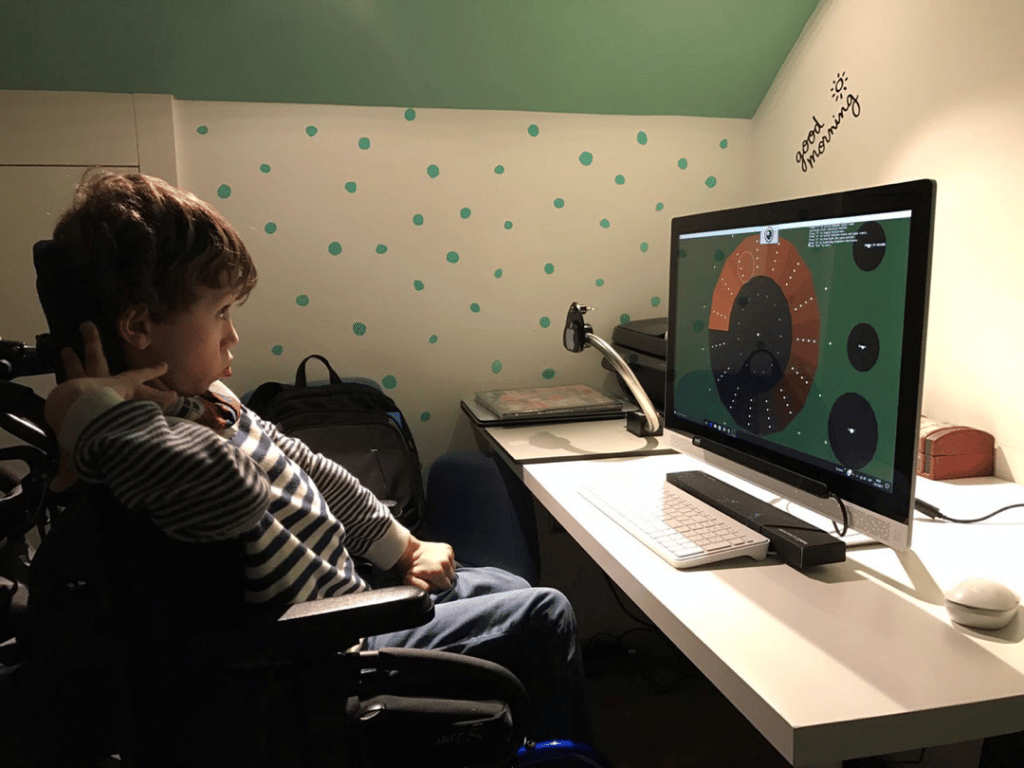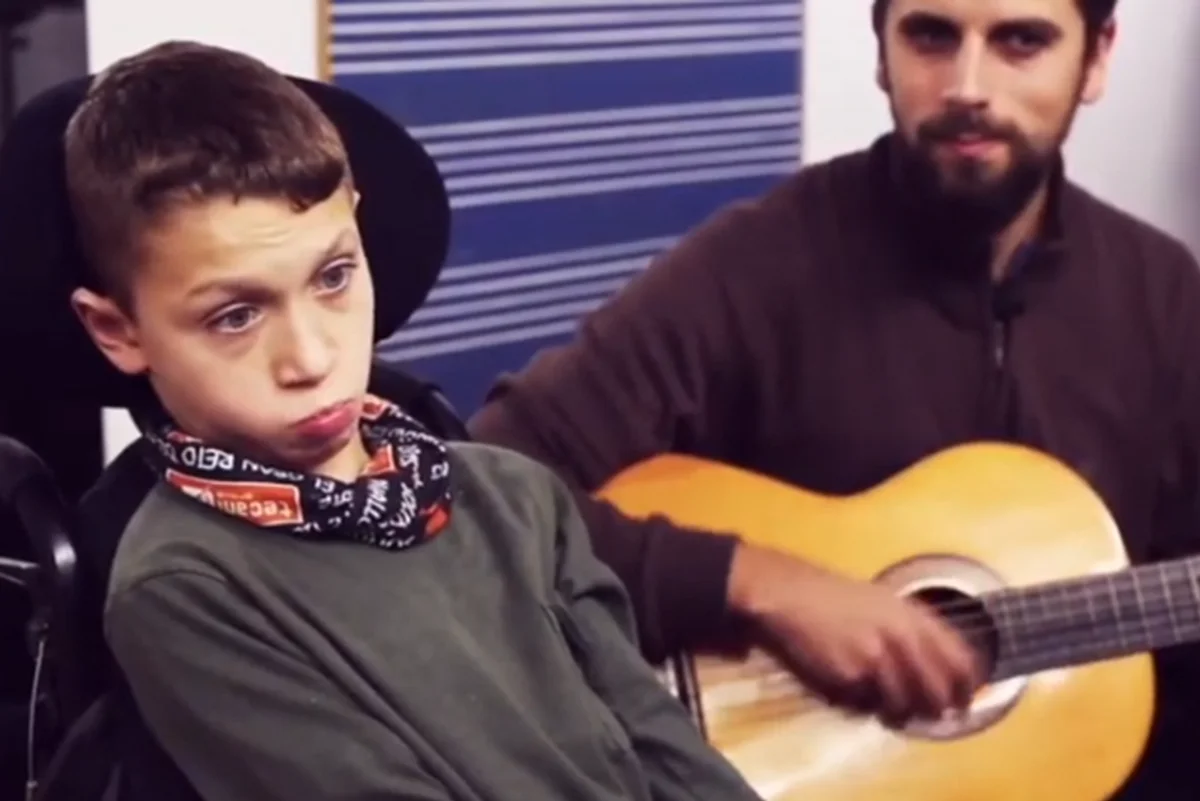Playing a musical instrument is good for everyone, even people with disabilities. A tool stimulates learning through repetition and memorization. There music improves attention, reduces anxiety, helps people concentrate. Playing an instrument also offers a critical emotional and creative outlet, allowing people with disabilities to play on a socially equal footing with those without similar issues.
Great tool, isn't it? It's a pity that…
The problem is that some people with impaired limbs and coordination are physically unable to play an instrument. However, thanks to the efforts of a Greek professor, Dr. Zacharias Vamvakousis, all of this is changing.
In 2008, a musician friend of Vamvakousis had a serious motorcycle accident that compromised his ability to play the guitar. This inspired the professor to look for ways to combine his computer skills with his passion for music.
I realized that the technology was there, but that no one had done anything about it.
EyeHarp, music with the eyes

That event led Vamvakousis to develop EyeHarp, a crazy gaze activated instrument that can be played simply by moving the eyes. According to his website, offers “the same expressive qualities as any traditional instrument”.
EyeHarp is available with a free download and can be used with an eye-tracker camera to produce music. The notes appear on the screen in a color-coded wheel that can be "played" by moving the eyes.
The player can choose whether to use a pentatonic or heptatonic scale, and practice with or without rhythm.
A tool for everyone
EyeHarp has made music available to people with cerebral palsy, spinal cord injury, amyotrophic lateral sclerosis, muscular dystrophy, and amputations.
Currently, there are approximately 650 EyeHarp players in the world. Yet there is still much work to do. This is why Vamvakousis created the Eye Harp Association, a non-profit organization whose goal is to further develop the tool and make it available to as many people as possible.


